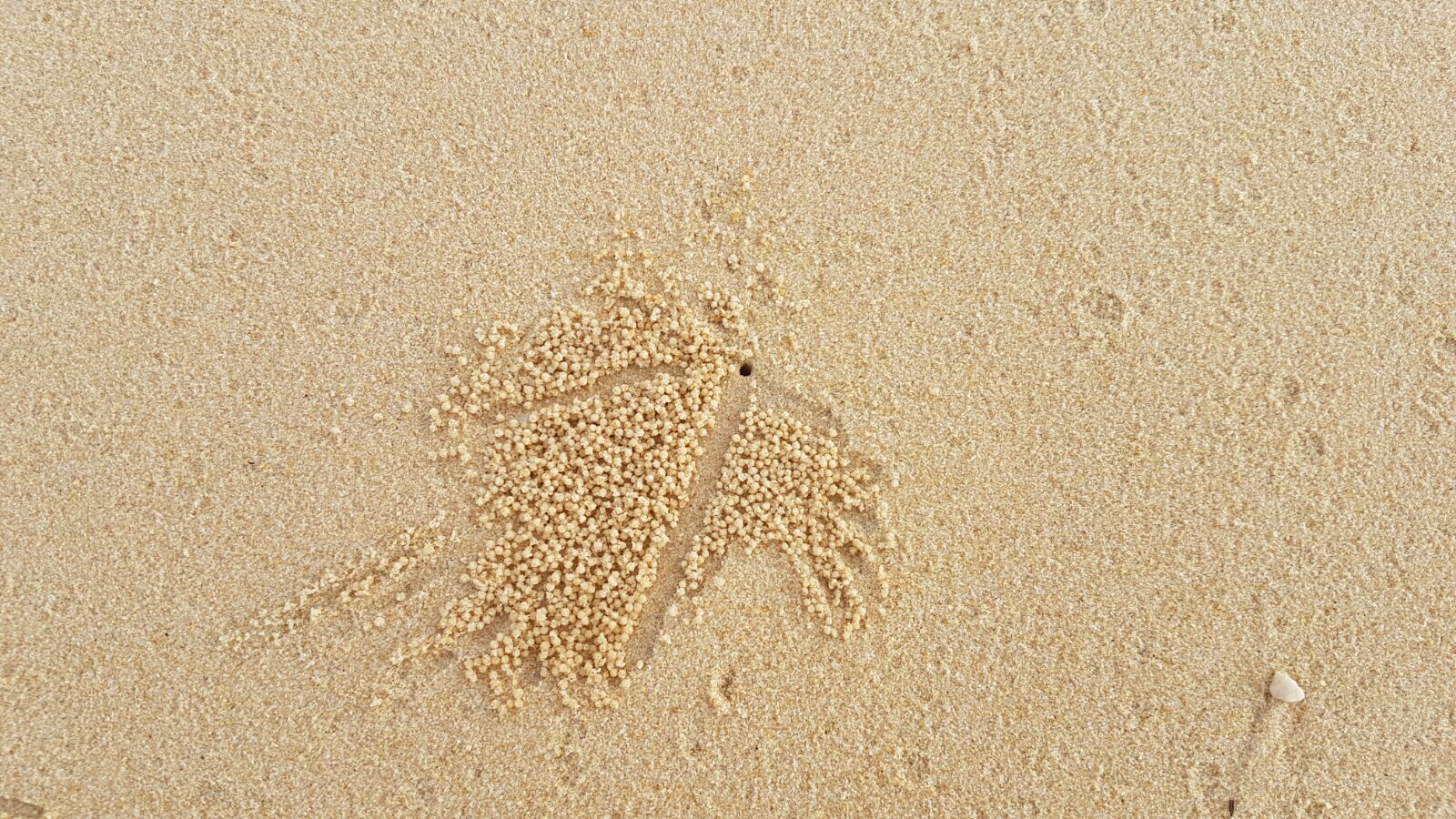Work Without Hope




*
Work Without Hope
All Nature seems at work. Slugs leave their lair—
The bees are stirring—birds are on the wing—
And Winter, slumbering in the open air,
Wears on his smiling face a dream of Spring!
And I, the while, the sole unbusy thing,
Nor honey make, nor pair, nor build, nor sing.
Yet well I ken the banks where amaranths blow,
Have traced the fount whence streams of nectar flow.
Bloom, O ye amaranths! bloom for whom ye may,
For me ye bloom not! Glide, rich streams, away!
With lips unbrighten’d, wreathless brow, I stroll:
And would you learn the spells that drowse my soul?
Work without Hope draws nectar in a sieve,
And Hope without an object cannot live.
Lavoro senza speranza
La Natura pare tutta all’opera. Lasciano la tana
i lumaconi, le api fremono, battono l’ala
gli uccelli e all’aria aperta l’Inverno assonnato
reca lieto in volto un sogno di primavera!
Solo io sono un essere inerte e non faccio
miele, né canto, m’accoppio o costruisco.
Eppure conosco le rive degli amaranti in fiore,
e le fonti da cui il loro nettare scorre.
Fiorite, amaranti! Fiorite per chi potete,
ma non per me! Scorrete via, gonfi ruscelli!
Con labbra smorte e privo di allori incedo.
Sai che incantesimo mi ottunde l’anima?
Senza speranza, il lavoro butta nettare nel setaccio
e la speranza non vive senza un oggetto.
@occa.me
Samuel Taylor Coleridge, Tutto il mondo di ombre, traduzione e cura di Edoardo Zuccato, Elliot, Roma, 2018.Sand bubbler crab, Scopimera Globosa


